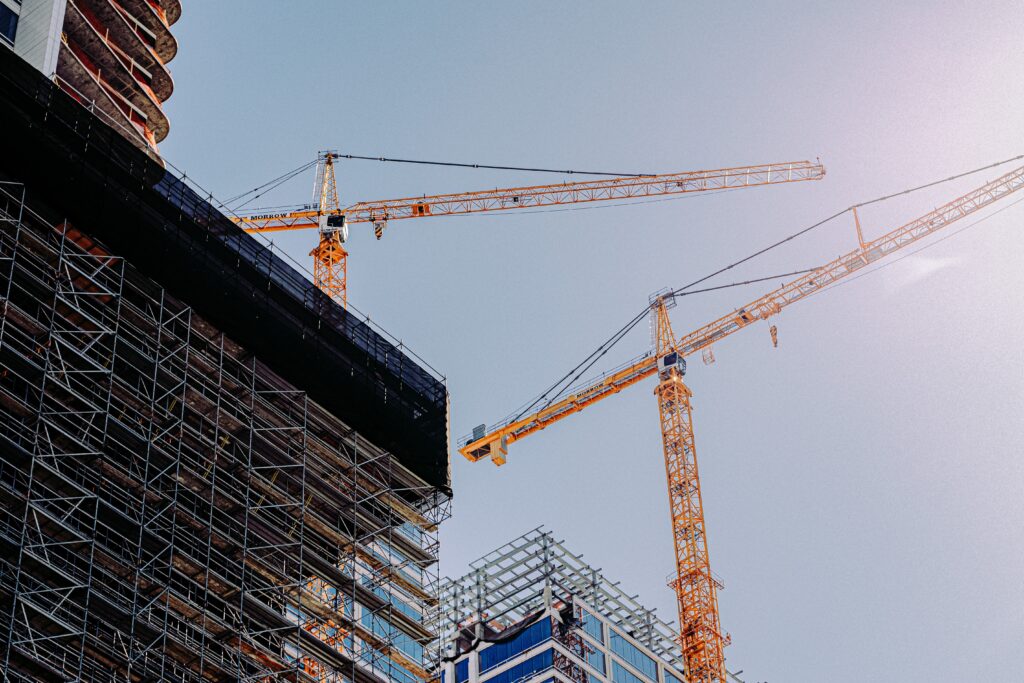Erections All Risks(EAR) Insurance
Erection All Risks insurance policy covers losses during the assembly and installation of electrical or mechanical plant and machinery. This insurance option is well-suited for mechanical and electrical contractors seeking annual contract coverage, as well as developers, manufacturers, and power and energy companies engaged in expansive and intricate installations.
This includes protection against various risks such as accidental damage, loss, or destruction during the construction phase. The coverage is comprehensive, encompassing unforeseen events like accidents, natural disasters, fire, theft, and other potential risks that may arise during the erection process.

Stages covered by Erection all risks policy
The policy is designed to encompass the entire construction phase, including:
Construction and Erection Stage
This involves coverage for the actual assembly and installation of machinery and equipment.
Testing and Commissioning
The policy often extends to cover the period when the installed equipment is tested and commissioned to ensure it functions correctly.
Maintenance Period
Some erection all risk coverage may also include the maintenance period following the completion of the construction, offering protection against unexpected issues that may arise during this phase.
Difference between Construction All Risks Insurance and Erection All Risks Insurance.
EAR insurance is specialized for risks associated with the installation and erection phase, contractors all risks (CAR) insurance provides more comprehensive coverage throughout the entire construction project, addressing a broader range of potential risks. The choice between the two depends on the nature and scope of the construction project and the specific risks that need to be mitigated.
It’s important to carefully review the specific terms and conditions of the erection all risks insurance policy, as coverage details can vary. Additionally, customization options may be available to tailor the insurance to the unique needs of a particular construction project.

